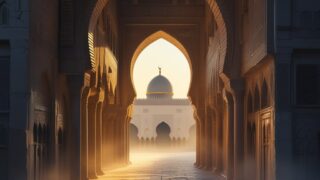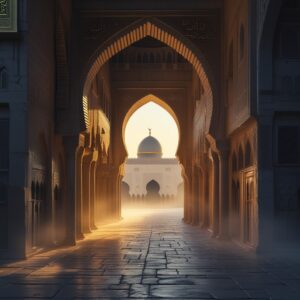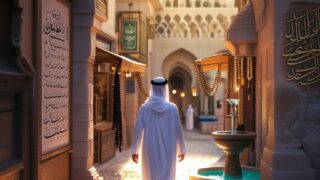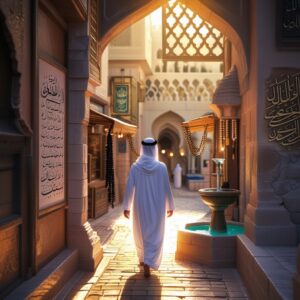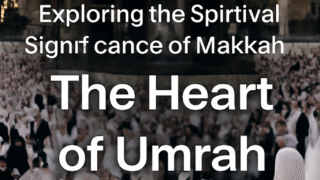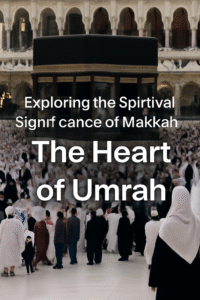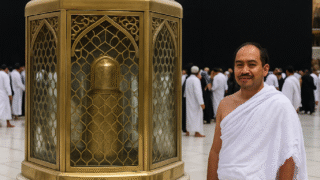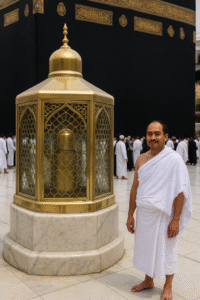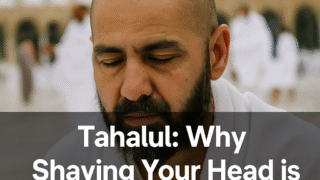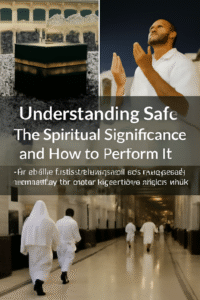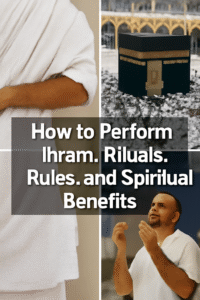Secret Makkah: Unveiling Hidden Wonders of the Holy City
Introduction: Hook
Makkah is a city steeped in history, spirituality, and mystery. While millions visit the Kaaba each year, few know about the secret wonders and hidden gems that make Makkah truly special. Ready to uncover the lesser-known spiritual treasures of Makkah? Let’s dive into these secrets that will deepen your connection during your pilgrimage journey.
1. The Hidden Corners of Masjid al-Haram
Most pilgrims focus on Tawaf and Sa’i, but Masjid al-Haram holds many quiet and lesser-known corners perfect for prayer and reflection. These spots offer serene environments away from the crowds, ideal for personal du’a and meditation.
2. The Secret History of Makkah’s Ancient Walls
The ancient walls surrounding Makkah tell stories of centuries past. Built to protect the city, these walls have witnessed the rise and spread of Islam and hide many untold stories that enrich the spiritual aura of the city.
3. Spiritual Power of the Well of Zamzam
Beyond its physical blessing, Zamzam water holds a spiritual energy believed to heal and purify. Drinking Zamzam is an act connecting you with the miraculous story of Siti Hajar and her unwavering faith.
4. The Tale of Jabal al-Noor and the Cave of Hira
Jabal al-Noor, home to the Cave of Hira, is where Prophet Muhammad (PBUH) received the first divine revelation. Visiting this mountain is more than a physical hike; it’s a spiritual journey retracing the beginnings of Islam.
5. Lesser-Known Markets of Makkah
Explore traditional markets tucked away from the main streets. Here you can find Islamic books, prayer beads, perfumes, and souvenirs that carry the essence of Makkah’s rich culture.
6. The Spiritual Silence of Makkah’s Outskirts
While the heart of Makkah is bustling, its outskirts offer a quiet refuge. Many pilgrims find solace in the peaceful desert surroundings, a perfect place for contemplation and spiritual rejuvenation.
7. The Maqam of Prophet Ismail
A small, often overlooked site near the Kaaba, the Maqam of Prophet Ismail is believed to be the place where the Prophet stood during the building of the Kaaba. It serves as a humble reminder of faith and obedience.
8. Secret Pathways in the Holy City
Makkah is filled with narrow alleys and pathways that hold centuries of history. Walking these routes connects pilgrims with generations of worshippers and offers a glimpse into the city’s vibrant past.
9. Spiritual Energy in the Prayer Rugs
The prayer rugs used in Masjid al-Haram are often overlooked, but many believe they carry spiritual energy from the millions who have prayed upon them, adding to the sanctity of your prayer experience.
10. The Heartbeat of Makkah: The Call to Prayer
The melodious call to prayer (Adhan) echoing across Makkah is more than just a reminder. It’s a spiritual invitation felt deeply by every pilgrim, calling the faithful to connect with Allah in moments of devotion.
Conclusion: Unlock the Secrets of Makkah on Your Journey
Makkah is a city of hidden wonders and profound spirituality waiting to be discovered. By exploring these secret gems, you enrich your Umrah or Hajj experience and deepen your connection to this sacred city. Ready to uncover more? Visit bismillahmekah.blogspot.com for more spiritual insights and comprehensive guides for your pilgrimage journey.
✅ Don’t Miss Out!
- 📌 Bookmark our blog
- 📤 Share with your friends
- 🕋 Stay updated with the most sacred stories of
Makkah every week!
